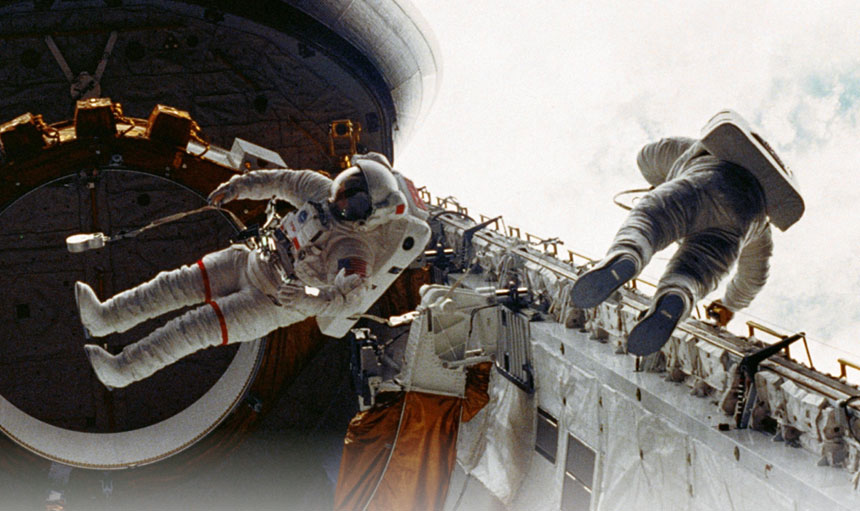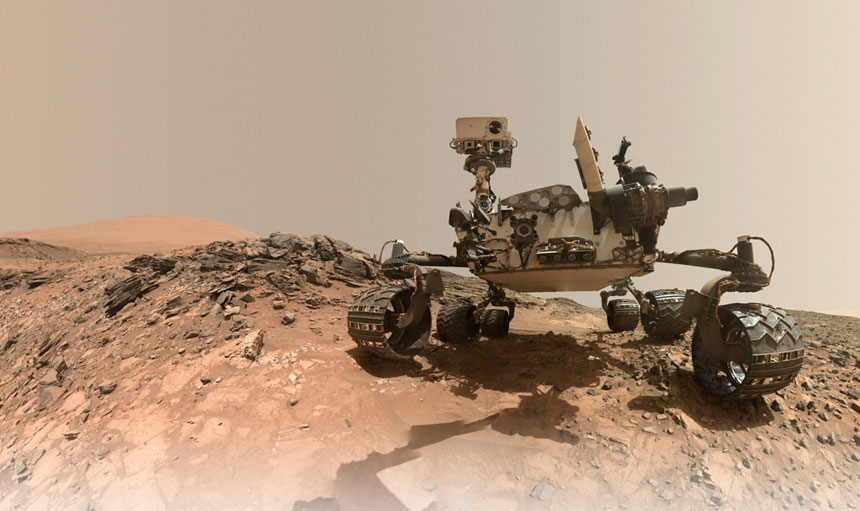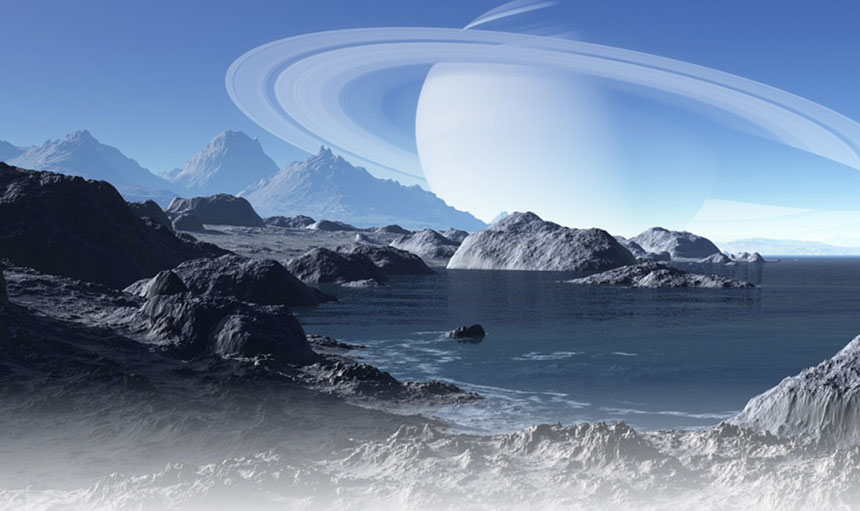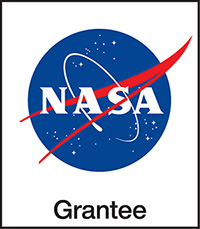![]()
PLANETS
Teaching Navigator
Welcome to Mission Control – your PLANETS Teaching Navigator!
Whether you’re just getting started with PLANETS or looking to dig deeper into the instructional philosophy around PLANETS, this is your springboard to discover educator resources designed to support your successful use of the PLANETS curriculum.
![]() The Teaching Navigator icon indicates pages focused on educator professional learning resources that assist when considering and planning to teach the curriculum.
The Teaching Navigator icon indicates pages focused on educator professional learning resources that assist when considering and planning to teach the curriculum.
What is PLANETS?
PLANETS supports indigenous learners, learners with diverse physical abilities, and multilingual learners, and utilizes culturally responsive pedagogies and universal design for learning.
PLANETS activities promote habits of mind and practices that help youth in team-driven problem-solving activities that support the development of 21st Century Skills. The content and examples in the curriculum help to promote development of STEM identities where youth can envision themselves in the future workforce through science and engineering.
PLANETS Units
Each PLANETS unit focuses on an aspect of planetary science and includes two pathways for learning: science and engineering. The learning pathways can be completed together or independently.
Unit Features: Each unit follows the same format and includes consistent features, which you can preview here.
When you are ready to launch into the Teaching Navigator for each unit, click on the Launch button below!
What Educators are Saying About PLANETS
“There is meaningful planning that has gone into this curriculum to purposefully be inclusive to all learners.”
“What I love about this curriculum is how it builds on each lesson. You introduce a concept and then expand on it in the next lesson, adding more depth. By the end, you’ve put all the pieces together for a comprehensive understanding. That’s what I appreciated.”
“I have never been very good at science and as a result, I have not had a huge interest in STEM. However, teaching this curriculum and showing real-life examples of what NASA has been definitely piqued my interest. I would love to see more videos of behind-the-scenes at NASA.”
“I think units like this really open up careers, jobs that students can see themselves having in the future. When kids think about a scientist, they just imagine someone mixing chemicals. There are so many different careers that they can have in science.”




